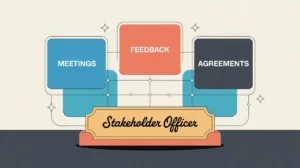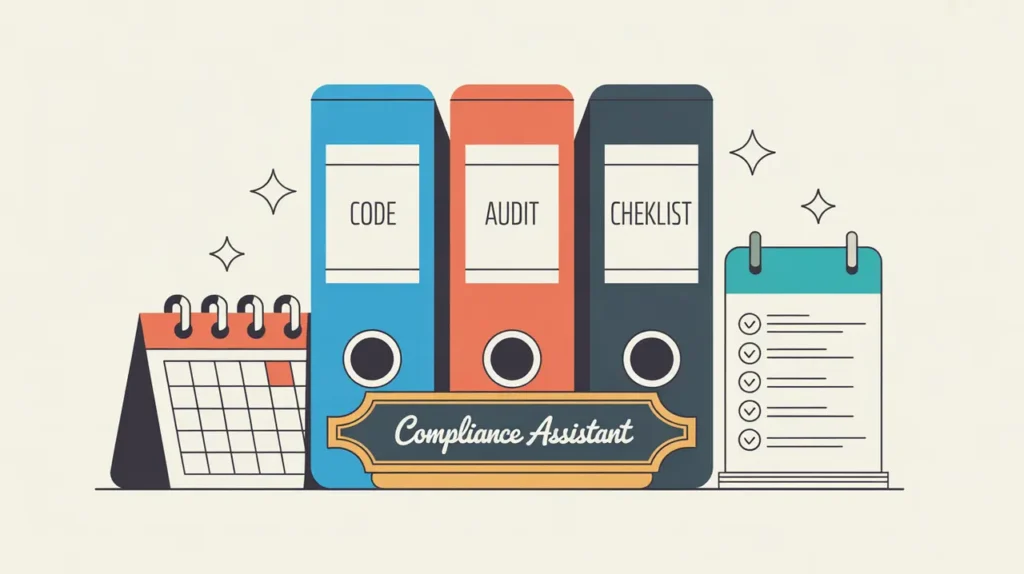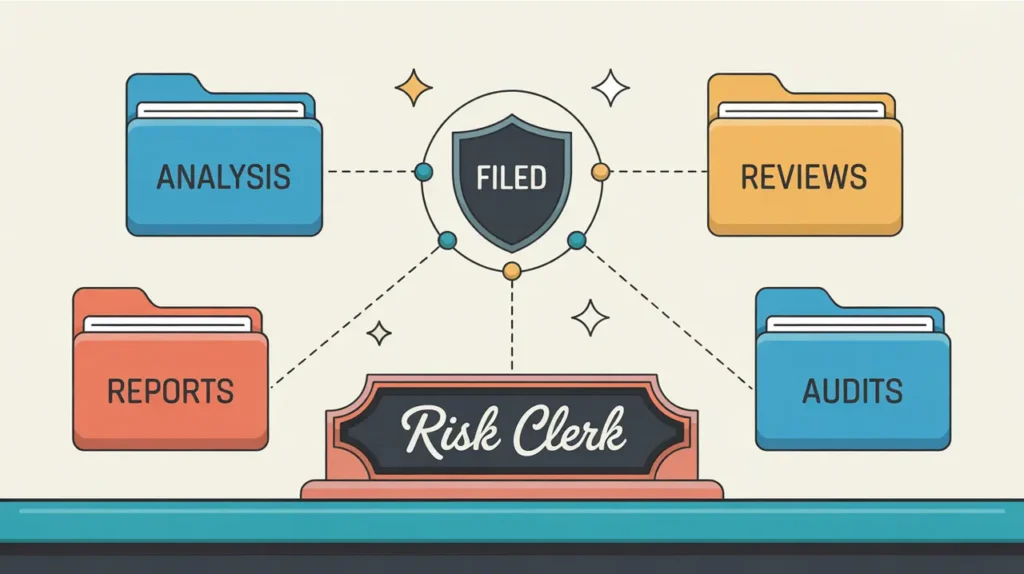What Does the Chief Risk Officer Role Involve?
A chief risk officer (CRO) is responsible for identifying, assessing, and managing the full spectrum of risks that could affect an organization’s ability to achieve its mission. This includes strategic, financial, operational, compliance, cybersecurity, and reputational risks. The CRO develops risk management frameworks, leads risk assessments, oversees mitigation strategies, and ensures that decision making is informed by a clear understanding of potential threats and opportunities. They work closely with the CEO, board, executive team, and functional leads to embed risk awareness and resilience throughout the organization. In both nonprofits and social enterprises, the CRO plays a crucial role in safeguarding assets, maintaining stakeholder trust, and enabling responsible growth in complex environments.
At What Level does this Role Operate?
Executive Level: This role operates at the highest level of organizational leadership, typically reporting to the CEO or board and serving as part of the executive team. The CRO oversees risk management functions and collaborates across departments to ensure that risk considerations are fully integrated into strategic and operational decision making.
Relative Employability: Executive risk leadership roles are increasingly sought after across nonprofits, social enterprises, philanthropic institutions, and mission-driven organizations. As operational complexity, regulatory scrutiny, and cybersecurity threats grow, demand for leaders with risk expertise continues to rise.
Relative Pay Scale: Within nonprofits and social enterprises, chief risk officer roles sit in the upper executive pay bands, reflecting their strategic importance and organizational accountability.
What are the Key Responsibilities and Activities?
- Define and lead the organization’s risk management strategy and frameworks
- Conduct comprehensive risk assessments covering strategic, financial, operational, regulatory, and reputational areas
- Oversee the development and implementation of mitigation strategies and internal controls
- Monitor emerging risks, regulatory changes, and external trends that could affect the organization
- Advise the CEO, board, and executive team on risk trends, vulnerabilities, and strategic opportunities
- Collaborate with finance, legal, IT, and program teams to ensure risk integration into all functions
- Manage incident response protocols and crisis management planning
- Build a culture of risk awareness, accountability, and resilience across the organization
What Core Competencies and Qualifications are Needed?
Required Qualifications and Experience
The following reflect common qualifications and experience expected for this role, while recognizing that pathways may vary by context, organization, and region.
- Relevant academic background in finance, risk management, law, public administration, or a related field, or equivalent professional experience
- Extensive leadership experience in risk management, compliance, finance, or related fields, ideally at a senior or executive level
- Strong understanding of risk frameworks, regulatory environments, and control mechanisms
- Experience advising leadership and boards on risk strategy and organizational resilience
- Familiarity with cybersecurity, operational, and financial risk management tools and practices
Key Competencies
- Strategic leadership in risk assessment and mitigation
- Analytical and problem-solving skills applied to complex risk scenarios
- Strong communication and advisory abilities for executive audiences
- Cross-functional collaboration and systems thinking
- Crisis management and decision-making under pressure
- Commitment to organizational integrity and resilience
How are AI and Automation Shaping this Role?
An AI-native chief risk officer will look to AI and automation to strengthen real-time risk monitoring, predictive analysis, and incident response. They can use AI tools to identify anomalies in financial or operational data, model risk scenarios, and forecast emerging threats. Automation can support risk reporting, compliance monitoring, and control testing, allowing the CRO to focus on strategic oversight and proactive risk management. By integrating AI strategically, CROs can build more resilient, adaptive, and data-informed organizations.
What Career Pathways and Transferable Skills are Associated with this Role?
Chief risk officer roles are senior leadership positions that combine strategic oversight with organizational protection and resilience. From this role, professionals may advance to CFO, COO, or board advisory positions, leveraging their expertise in governance, systems thinking, and strategic risk leadership. The skills developed in this role are highly transferable across nonprofits, social enterprises, financial institutions, corporations, public sector agencies, and multilateral organizations.







